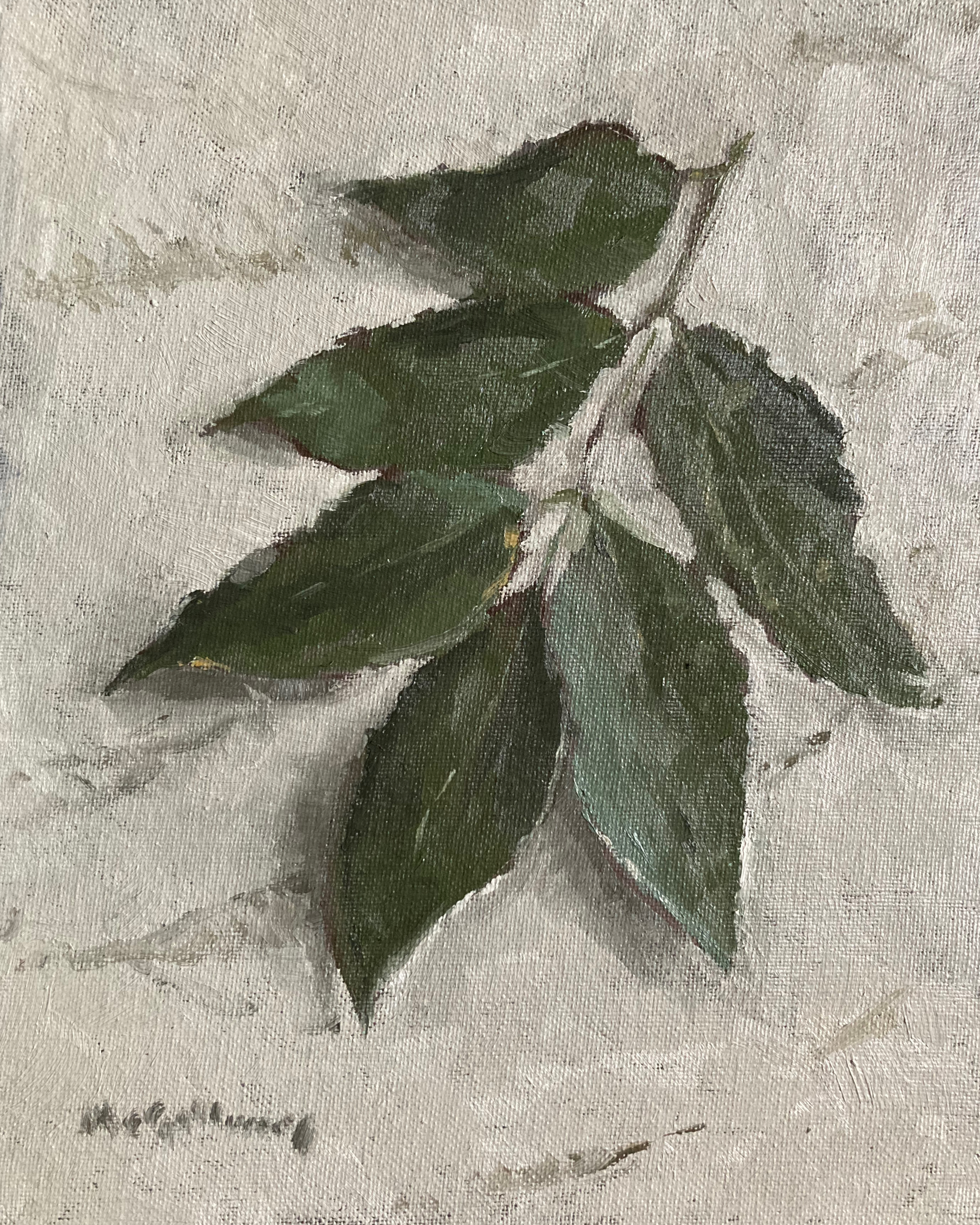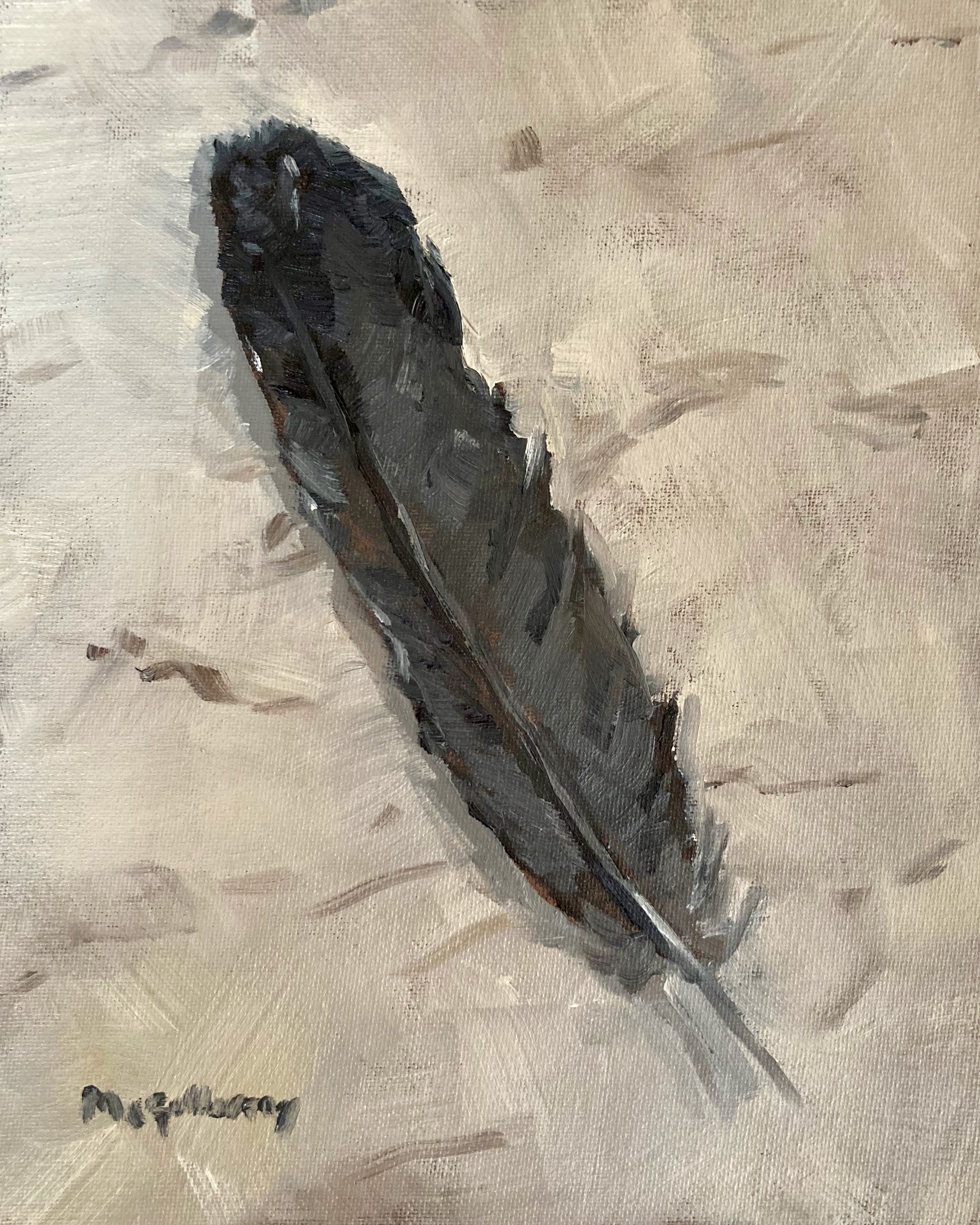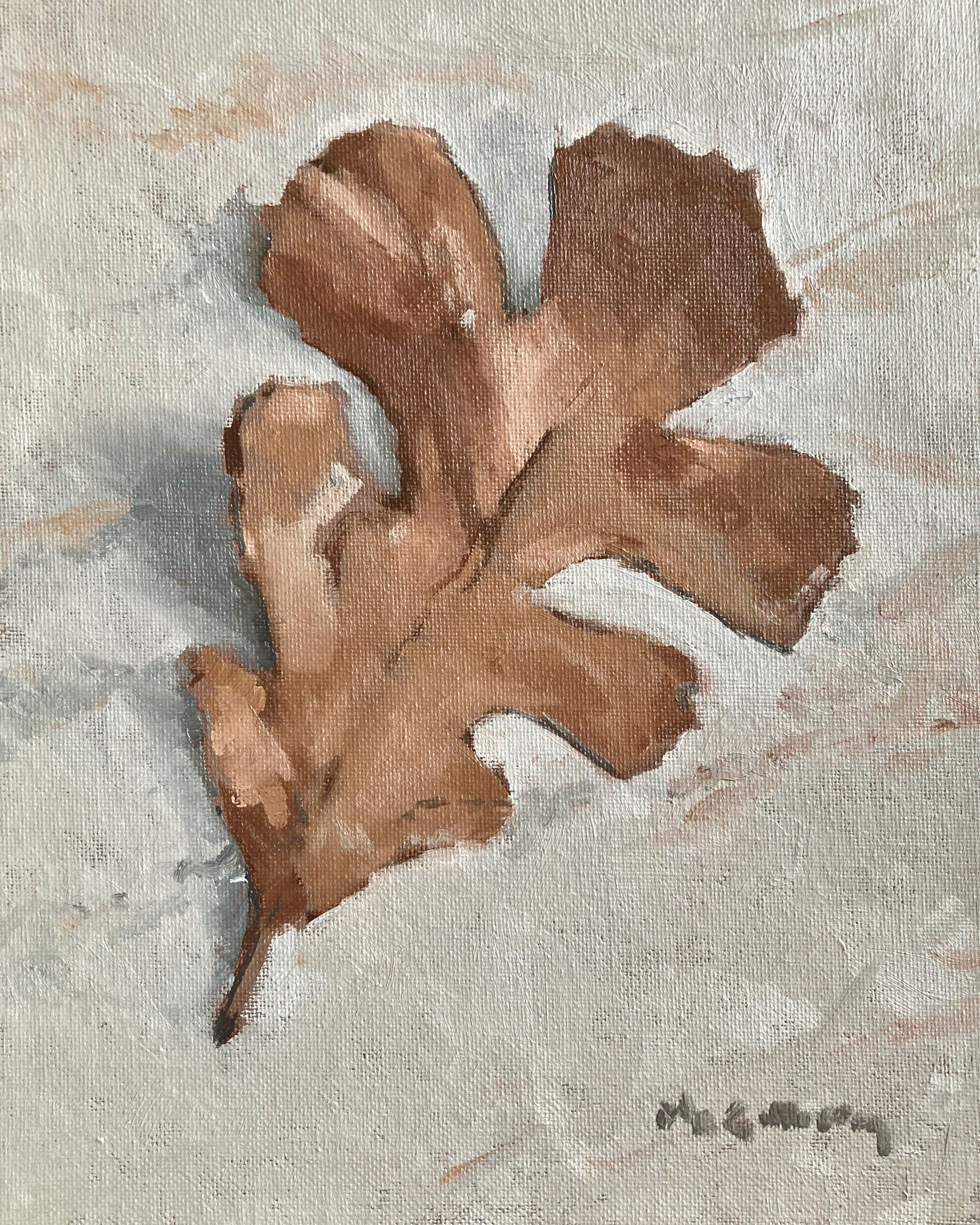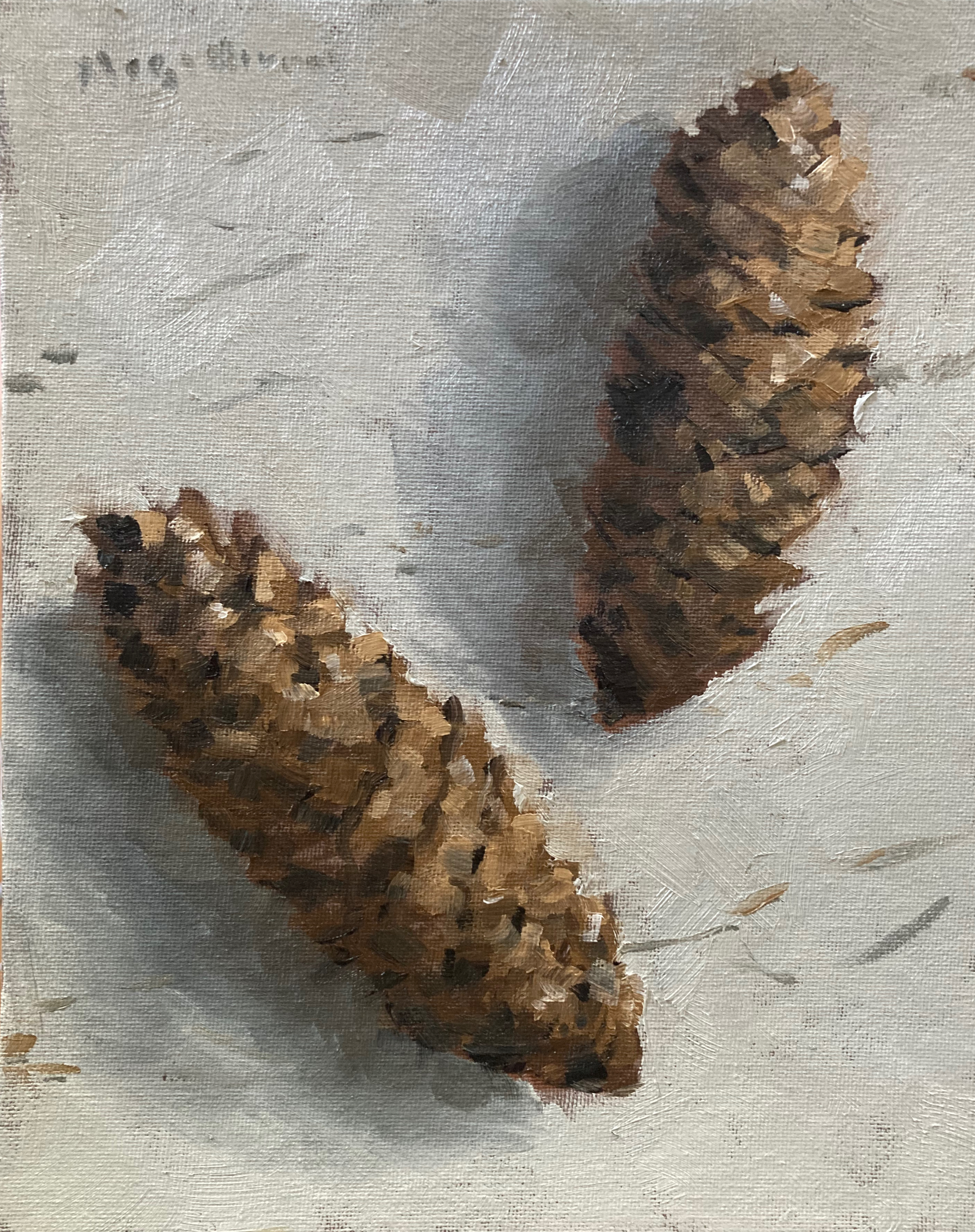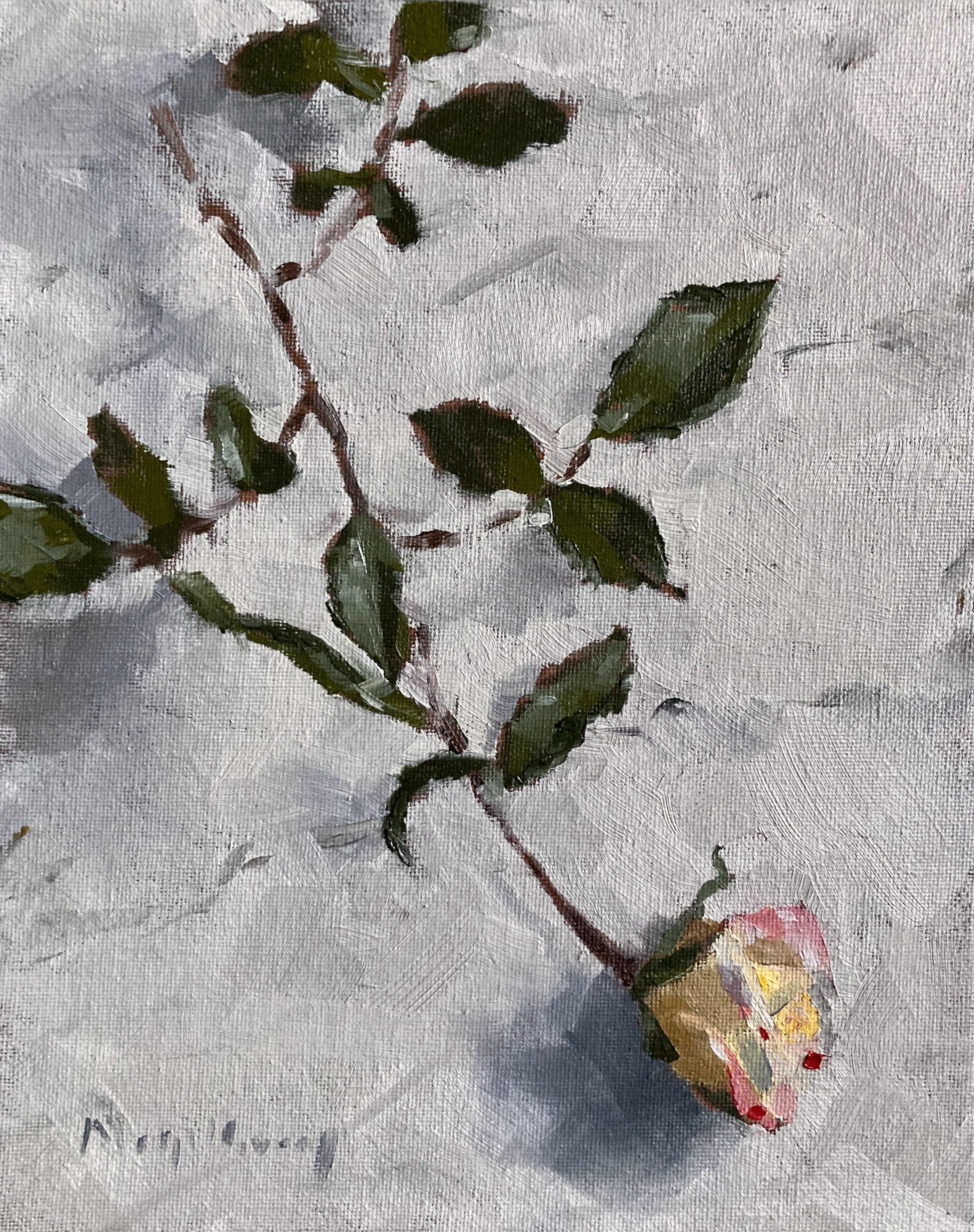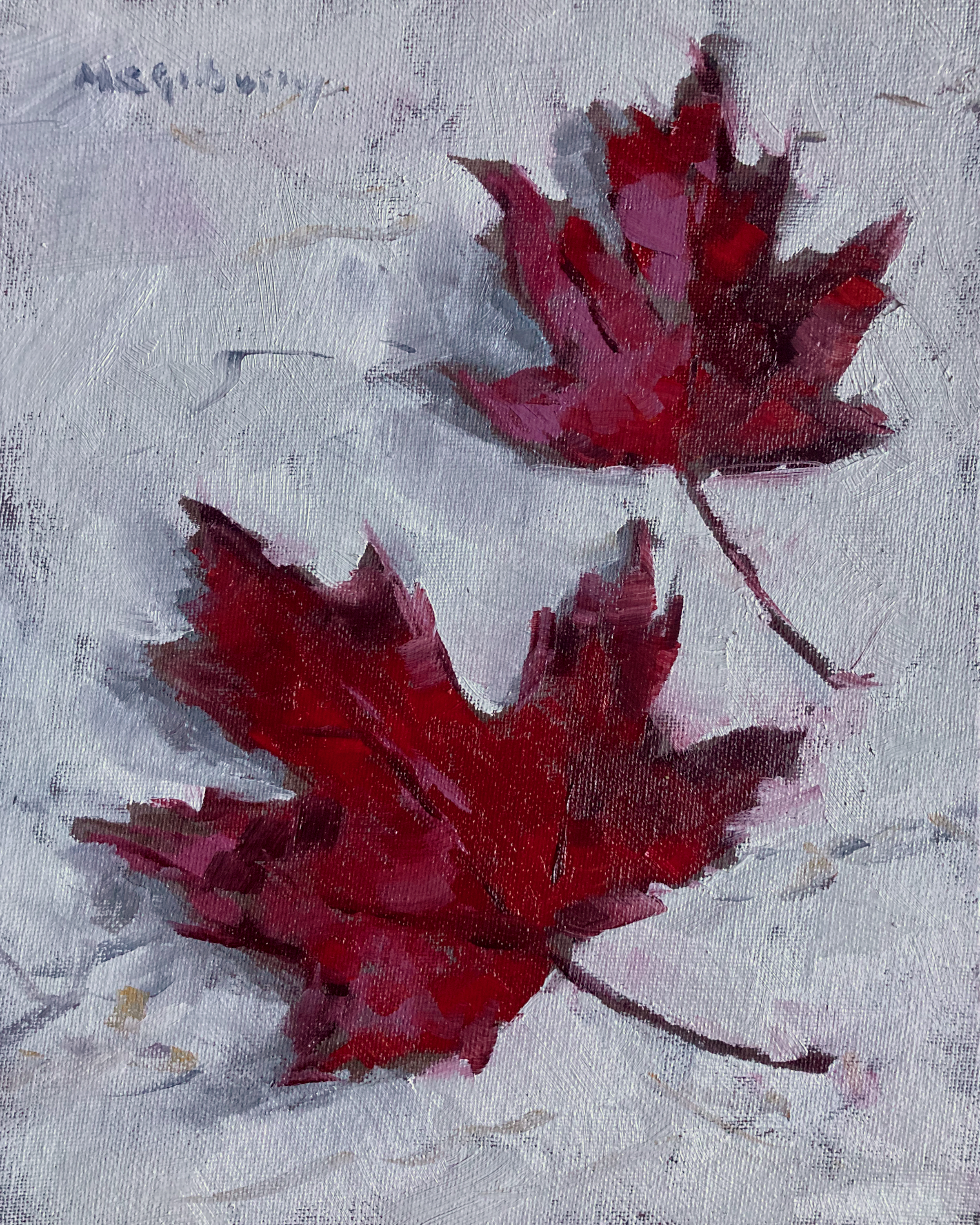Read the interview with Kevin McGillivray about this series
This collection is on view and available for collection this summer in Door County, WI in two locations: Cupola House in Egg Harbor and the Hardy Gallery in Ephraim
Contact us with questions or inquiries about available works
